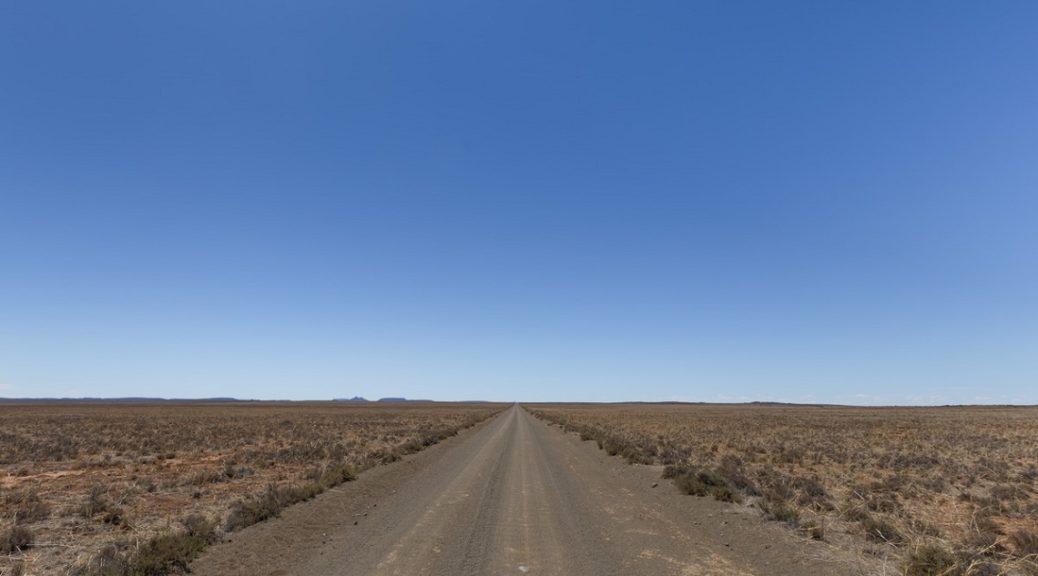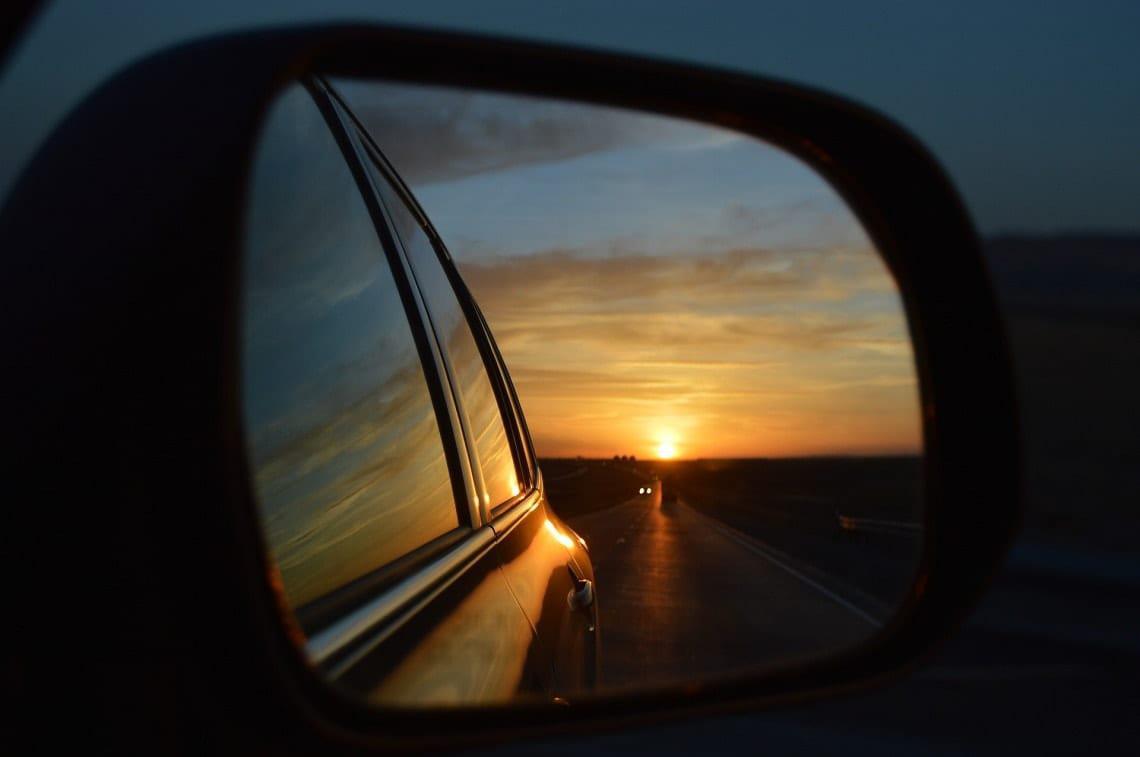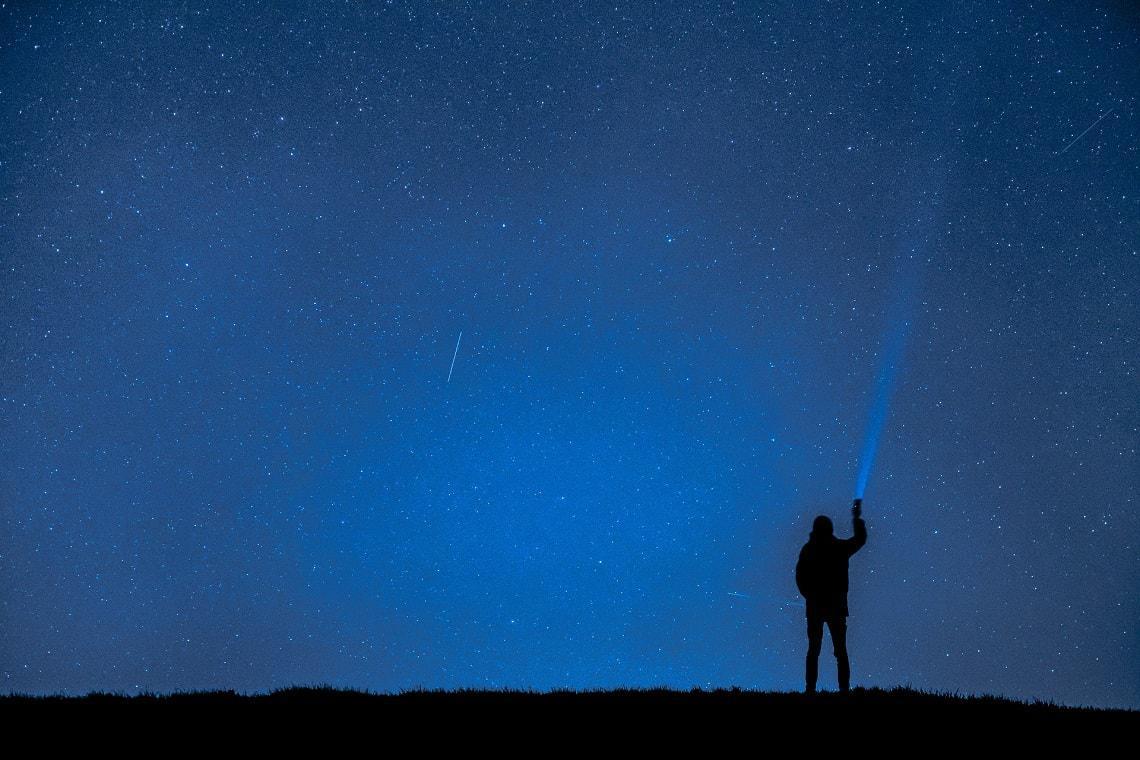With modern navigation devices and cellphone cover, it’s hard to imagine getting truly stranded by a stricken vehicle. That said, the best places to explore are usually the most remote and there’s always the chance an accident or mechanical failure could leave you marooned. By Chris Davies
So, what should you do in such a situation?
Hunt Cheney from B2BSurvival trains rangers and nature lovers in the skills required to survive in the back of beyond. Hunt offers these basic guidelines if you ever find yourself stuck.
To leave or not to leave?
Rescues in remote areas almost always use aircraft, and vehicles are far easier to spot from the air than people. Rescuers will also begin by searching known roads and man-made structures. Unless you know of certain help within walking distance, it’s generally better to stay put and wait, but if you do leave your vehicle, stick to roads as much as possible.
Think worse-case scenario from the start
Take stock of your supplies, especially water, and begin rationing immediately. Aim to stretch your supplies for a minimum of 4 days – and be disciplined. In hot environments, conserve water by staying out of the sun as much as possible and leave any heavy work to the cooler hours, or after dark.
Building a shelter
If possible, don’t use your vehicle as your primary shelter. A vehicle’s cab is made almost exclusively from metal and has very poor insulation. Instead, build your shelter around or underneath and think of your vehicle as a source of objects to be scavenged rather than a shelter in itself. Enlarging your vehicle’s footprint will also make it easier to spot.
Useful materials that can be scavenged from a vehicle
A vehicle’s roof lining makes an excellent bedroll. The better you sleep, the better you’ll perform in your compromised situation. Even if you have a mattress, an extra layer of ground insulation can make all the difference to your warmth and comfort. Floor mats and seat covers are also good options.
Detach the rear-view mirror. Use it for signalling, and also as an aid to viewing otherwise difficult-to-see places where you might have an injury – especially useful if you’re alone.
Music CDs are also great signalling devices. Face the sun and use the hole in the centre to sight the person or aeroplane you’re trying to attract. The flash can be seen up to 15km away.
Remove the wiper-fluid bottle. Use it for storing and carrying water. If you’re lucky, it may contain extra drinking water too.
Headlight globes can start fires. If you’re stuck, a headlight globe and battery can start a fire. Break the globe carefully, without damaging the filament, then place it directly inside your fire bundle with the filament touching the driest tinder. Connect the battery for a short flash of intense heat. A teaspoon of siphoned fuel will help get things going.
Keep a basic survival kit in your vehicle
Knives, lighters and duct tape are standard for any trip, but can easily get lost or wet or run out unexpectedly. For emergencies, keep a small, dedicated kit, wrapped watertight, and stored securely.
Make sure you include…
A good knife. A full-tang knife with a 12cm blade is best, but a solid folding knife will also do. A knife is crucial to any survival situation.
Mylar (space) blankets. Aside from treating hypothermia, use them for insulating your cab or external shelter. They’re also good for collecting rainwater and act as a visual sign for searching aircraft.
Duct tape. An obvious inclusion, but importantly, choose a colour that contrasts with your vehicle. You can then also use it to write HELP/SOS on your roof and bonnet.
Pack of candles. For light, lighting damp wood and, when used inside a Mylar-insulated cab, drastically improving warmth.
Three lighters. They’re cheap, small and essential to easy fire starting. Keep a few just in case.
A small torch with extra batteries. Doing things in darkness is just much more difficult. A torch also will allow signalling for help at night.
These are just a few guidelines and items to consider should you ever find yourself stranded and facing what might become a real survival situation. Interested in more comprehensive survival training? Contact Hunt Cheney on +27 (0)82 323 8516 or send an email to b2bsurvival@gmail.com for more information about his beginner- to advanced-level courses across South Africa.
Play it safe with a satellite tracker
Tracks4Africa leases satellite units so that family at home can follow your journey. Click here to find out more.
Take note
The options listed above should be viewed as last resorts. It’s good to know that most roads and locations are visited by other tourists – with this in mind, staying put might be the best idea.
T4A’s apps and GPS maps include valuable information with emergency numbers and available lodging close to your location – provided you have cellphone coverage. “My golden rule is to travel with enough water and food to last at least a week. This gives you enough time to wait for help,” says T4A co-founder Johann Groenewald.






Hi – this is Bob from Australia – I’m an Africa addict. In addition to the great suggestions in Chris’s article, I suggest packing 1 or 2 heavy duty plastic bags and cable ties. The bag may be placed over the leafy branch of a shrub (a non-toxic species), and water safe to drink is trapped in it. In addition, it’s wise to carry water sterilisation agents, some simple fire lighting tools (e.g. a flint as well as lighters) and some light fishing gear. Fish are easier to catch than antelopes or birds!